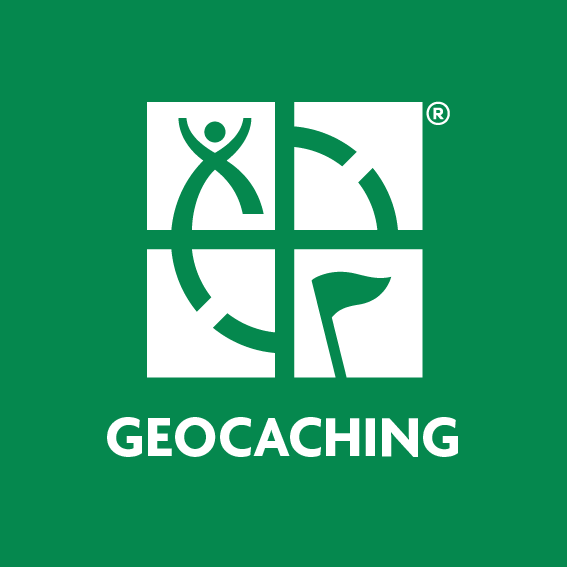The first time we came across Geocaching we were just about to head to New York for a six month work assignment. That was 2010 and back then, the easiest way to play was to buy a GPS. We duly bought one (a Garmin Oregon 450 - affectionately known as Garmie). We took it everywhere and spent most of our spare time seeking out caches all across New York City and beyond. It was a great way to explore the less well-known parts of the city.
So, what is Geocaching?
Geocaching is a game. A global treasure hunting game. You look for caches that other people have hidden. You find out about these caches using the website geocaching.com. There are millions of caches worldwide and the chances are you are not too far from one right now!
Caches come in all shapes and sizes but are usually watertight containers with (at least) a log book inside. Once you have found a cache you sign the log book, replace it where you found it, log it as found on the geocaching website, and then head on to the next one.

How do I play?
These days, all you need is a smart phone, a pen (for signing the log book), and a sense of adventure. You can view basic geocaches on an online map by setting up a free account at geocaching.com/account/join. Once you have access to the map, you will be able to see where your nearest caches are located.
Use the website to navigate towards a cache location and when you are within a few meters, start hunting. Caches will usually be hidden well enough to avoid accidental discovery but not usually so well hidden that you can't find them fairly easily once you know what you're looking for.
Here are a few of the more common types of cache:
- Old 35mm film canisters
- Clip lock plastic boxes
- Any plastic container with a screw top lid
- Magnetic "button" containers
What do I do when I find a cache?
When you have found a cache, first rejoice at your success, and then open it up and look inside. In many cases the only content will be the log book. This is very often several long thin sheets of paper stapled together and rolled up so it will fit neatly inside the cache container.
In some cases there will be trinkets inside. You are welcome to remove these trinkets but geocaching etiquette demands that you replace them with something of equal or greater value.
Here are few examples of the types of trinkets you might find (or leave) inside a cache:
- Stickers
- Small toys
- key rings
You shouldn't find anything edible or dangerous and if you do, you should remove it and report it. If you find rubbish inside, you can be a good geocaching citizen and remove it.

What next?
Once you have signed the log book, remember to also mark the cache as "found" on the website. Leave a comment for the owner so they can see how you enjoyed the hunt for their treasure.
Most important of all, replace the cache exactly where you found it so someone else can enjoy finding it another time.
If you would like to give geocaching a try, you can take a look at the children's worksheets I've designed to go with each walk in my book. Or, take a look at my geocaching page where I share more details about this fun hobby, plus a number of downloadable walking routes based around small clusters of geocaches.


